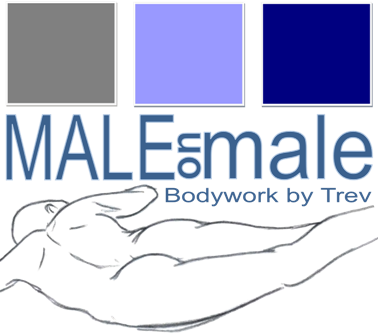The term massage therapy (also called massage, for short; massage also refers to an individual treatment session) covers a group of practices and techniques. There are over 80 types of massage therapy. In all of them, therapists press, rub, and otherwise manipulate the muscles and other soft tissues of the body, often varying pressure and movement. They most often use their hands and fingers, but may use their forearms, elbows, or feet. Typically, the intent is to relax the soft tissues, increase delivery of blood and oxygen to the massaged areas, warm them, and decrease pain.
A few popular examples of this therapy are as follows:
- In Swedish massage, the therapist uses long strokes, kneading, and friction on the muscles and moves the joints to aid flexibility.
- A therapist giving a deep tissue massage uses patterns of strokes and deep finger pressure on parts of the body where muscles are tight or knotted, focusing on layers of muscle deep under the skin.
- In trigger point massage (also called pressure point massage), the therapist uses a variety of strokes but applies deeper, more focused pressure on myofascial trigger points--"knots" that can form in the muscles, are painful when pressed, and cause symptoms elsewhere in the body as well.
- In shiatsu massage, the therapist applies varying, rhythmic pressure from the fingers on parts of the body that are believed to be important for the flow of a vital energy called qi.
Massage therapy (and, in general, the laying on of hands for health purposes) dates back thousands of years. References to massage have been found in ancient writings from many cultures, including those of Ancient Greece, Ancient Rome, Japan, China, Egypt, and the Indian subcontinent.
In the United States, massage therapy first became popular and was promoted for a variety of health purposes starting in the mid-1800s. In the 1930s and 1940s, however, massage fell out of favor, mostly because of scientific and technological advances in medical treatments. Interest in massage revived in the 1970s, especially among athletes.
More recently, a 2002 national survey on Americans' use of CAM (published in 2004) found that 5 percent of the 31,000 participants had used massage therapy in the preceding 12 months, and 9.3 percent had ever used it. According to recent reviews, people use massage for a wide variety of health-related intents: for example, to relieve pain (often from musculoskeletal conditions, but from other conditions as well); rehabilitate sports injuries; reduce stress; increase relaxation; address feelings ofanxiety and depression; and aid general wellness.







No comments:
Post a Comment